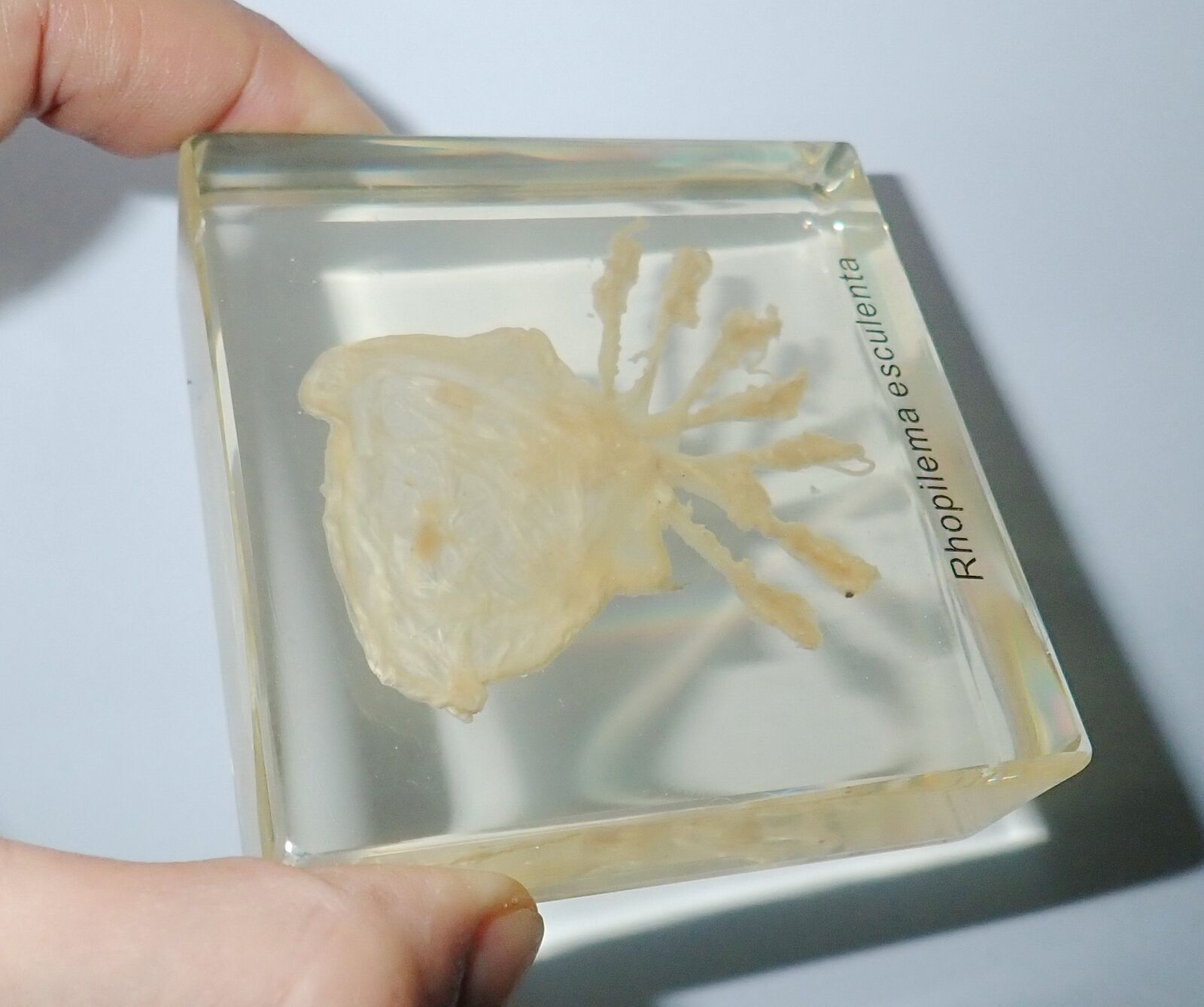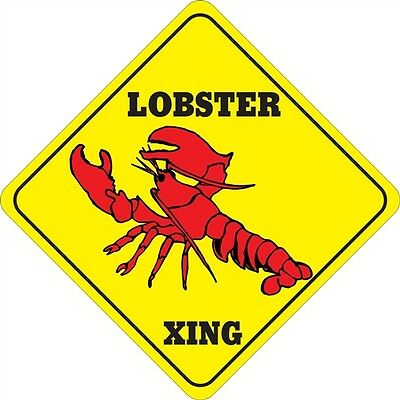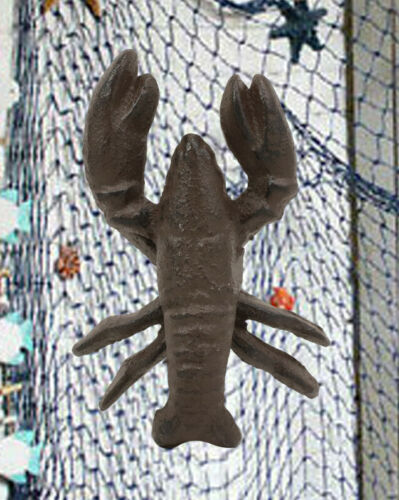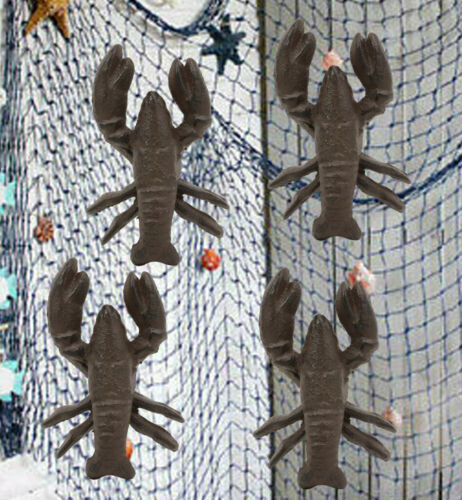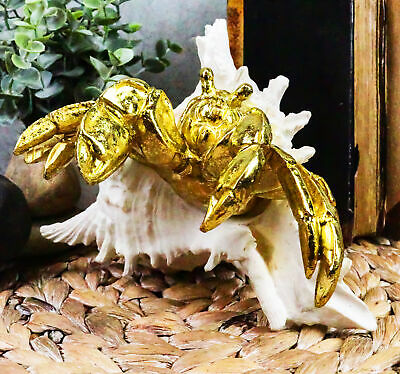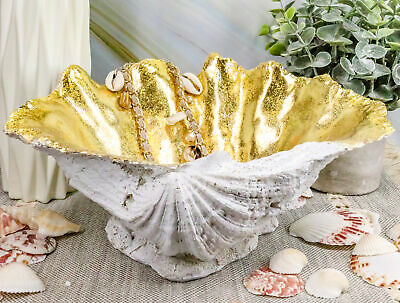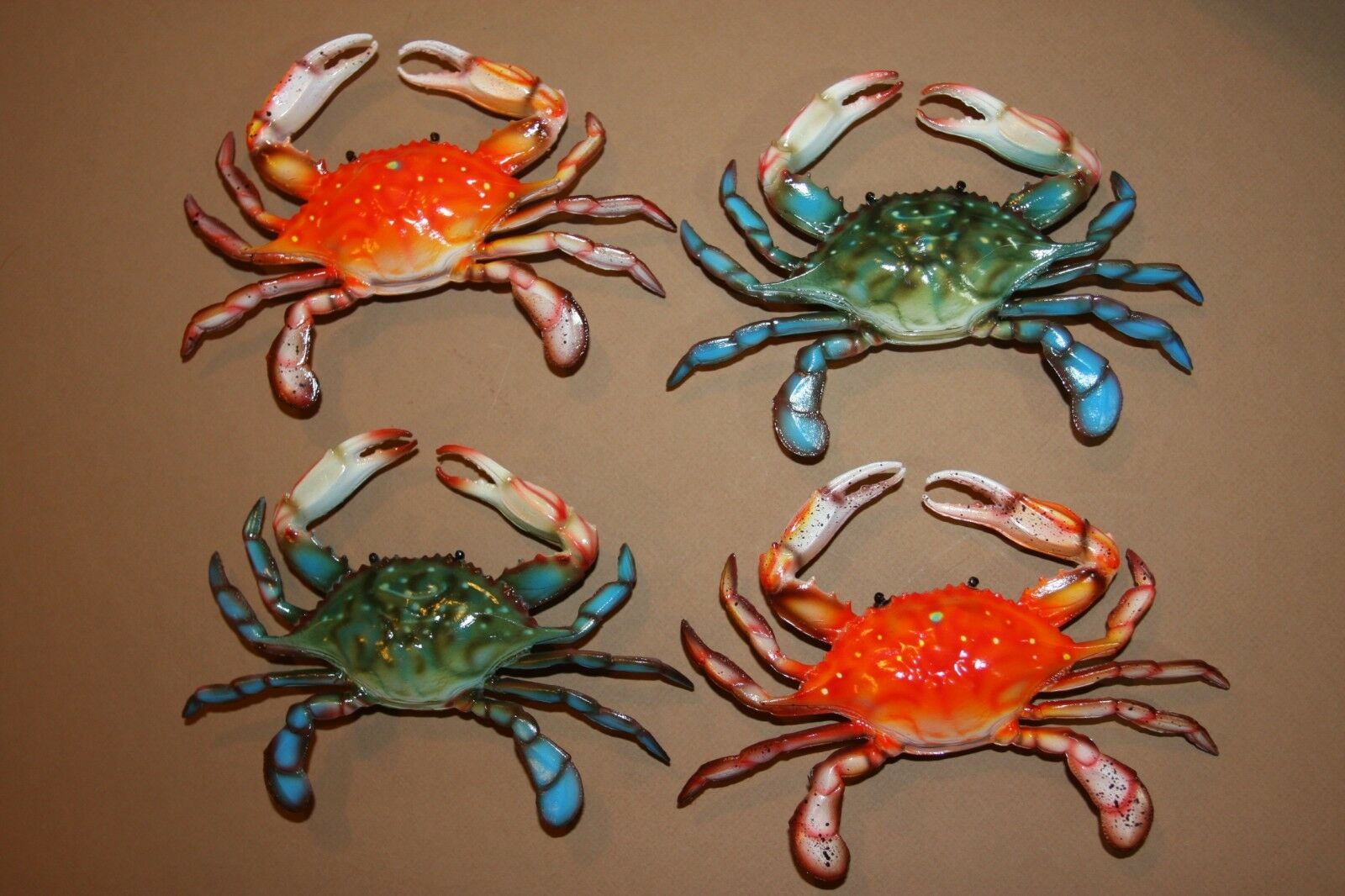-40%
Cannonball Jellyfish 75 mm Amber Clear Square Resin Block Teaching Aid DD1A
$ 7.38
- Description
- Size Guide
Description
Real Cannonball Jellyfish - Stomolophus meleagris specimen (Jellyfish skin) encased in clear lucite material. Safe, authentic and completely unbreakable product put real Jellyfish right at your fingertips!Anyone can safely explore the jellyfish from every angle.
It is clear enough for microscope observation.
Size of the jellyfish is 5.5x5.0 cm (2.2x2.0 inch).
Size of the lucite block is 7.6x7.6x2.5 cm (3x3x1.0 inch).
Each one comes with a cardboard box for easy storage.
Weight of the lucite block is 155 g and 190 g with packing box.
Selltotheworld
From all around the world
Cannonball Jellyfish 75 mm Amber Clear Square Resin Block Teaching Aid DD1A
Real
Cannonball Jellyfish -
Stomolophus meleagris
specimen (Jellyfish skin) encased in clear lucite material
. Safe, authentic and completely unbreakable product put real Jellyfish right at your fingertips!
Anyone can safely explore the jellyfish from every angle.
It is clear enough for microscope observation.
Size of the jellyfish is 5.5x5.0 cm (2.2x2.0 inch).
Size of the lucite block is 7.6x7.6x2.5 cm (3x3x1.0 inch).
Each one comes with a cardboard box for easy storage.
Weight of the lucite block is 155 g and 190 g with packing box.
This is a handmade real animal specimen craft. Each one will be a bit different (specimen size, color and posture) even in the same production batch.
The pictures in the listing are just for reference as we are selling multiple pieces with same pictures.
It is an ideal learning aid for students and kids and also a very good collectible item for every body.
***
Cannonball Jellyfish -
Stomolophus meleagris
Order: Rhizostomae Family: Stomolophidae Genus:
Stomolophus
The
cannonball jellyfish
(
Stomolophus meleagris
), also known as the
cabbage head jellyfish
, is a species of jellyfish in the family Stomolophidae. Its common name derives from its similarity to a cannonball in shape and size. Its dome-shaped bell can reach 25 cm (10 inches) in diameter and the rim is sometimes colored with brown pigment. Underneath of the body is a cluster of oral arms that extend out around the mouth. These arms function as a way of propulsion and aid in catching prey. Cannonballs are prominent from North America's eastern seaboard all the way to Brazil, but are also found in parts of the Pacific.
Habitat
Cannonballs live in warm, estuarian waters, with an average temperature of 23.1 °C (73.6 °F) and average salinities of 33.8 ppt (parts per thousand).
They have been found in the northwest and east-central Pacific Ocean (South China Sea to Sea of Japan, and California to Ecuador) and the mid-west Atlantic Ocean (New England to Brazil). They are common on the southeastern coast of the United States, including the Gulf Coast. On the southeast coast they are extremely abundant in the fall and summer months. During these months, cannonballs make up over 16% of the biomass in the shallow inshore areas.
Diet
Cannonballs eat mainly zooplankton such as veligers, and also all forms of red drum larvae. They have a symbiotic relationship with the portly spider crab, which also eats the small zooplankton. The crab feeds on the prey captured by the cannonball and also on the medusae of the jellyfish.
Reproduction
As in most cnidarians sexual reproduction is not an imperative way for cannonballs to reproduce. They can reproduce both sexually and asexually.
During sexual reproduction, cannonballs shoot sperm out of their mouth. The sperm are then caught by another cannonball through the mouth and fertilization happens. The embryo begins to develop in specialized pouches found on the arms around the mouth. After about 3-5 hours the larvae fall to the bottom and attach themselves to a hard structure. There they develop into polyps and catch small prey that swims by. After several days the polyp will detach and become a swimming ephyra, and will eventually turn into an adult jellyfish.
Toxin
When disrupted the cannonball secretes a mucus out of its nematocyst that contains a toxin. The toxin harms small fish in the immediate area, and drives away most predators, except for certain types of crabs. Although cannonballs do not commonly sting humans, it still has toxins which can cause cardiac problems in animals and humans. The toxin causes irregular heart rhythms and problems in the myocardial conduction pathways. Such complications are associated also with toxins of other coelenterates. The toxin is also harmful to the eyes, when the nematocyst comes in contact with eyes it is very painful and is followed with redness and swelling.
Predators
One of the main predators of cannonball jellyfish is the endangered species leatherback sea turtle. When leatherbacks migrate north from the Caribbean from April to early summer they feed on the cannonballs. Cannonballs are a main source of food for the leatherbacks, so conservation of cannonball jellyfish is important to the survival of the leatherbacks.
Cannonball jellyfish are commercially harvested as food for humans.
Commercial fishing
Along the coast of the southern U.S. state of Georgia, jellyfish are a valuable export, which end up on dining tables across Asia. The jellyfish are dried, preserved and packaged before being sold to a seafood distributor that ships them to Japan, China, and Thailand.
Item Specifics
Country/Region of Manufacture :
China
Material :
Resin
Type :
Collector Plate
Modified Item :
No
Handmade :
Yes
Animal Class :
Jellyfish
Animal Class :
Jellyfish
Payment
By Paypal
Shipping
Free shipping cost.
We send the goods to USA, Canada, UK, Australia, New Zealand, EU countries and some other European and Asian countries by E-express, a kind of fast postal service by Hong Kong Post. It usually takes about 6 to 10 working days for delivery.
We send the goods to other countries by registered airmail and will take about 8 to 14 working days for delivery.
Returns
Returns: We accept returns with any reason in 30 days.
Contact Us
We will answer buyer messages within 24 hours during working days.
Selltotheworld
From all around the world
DESCRIPTION
PAYMENT
SHIPPING
RETURN POLICY
CONTACT US
Cannonball Jellyfish 75 mm Amber Clear Square Resin Block Teaching Aid DD1A
Real
Cannonball Jellyfish -
Stomolophus meleagris
specimen (Jellyfish skin) encased in clear lucite material
. Safe, authentic and completely unbreakable product put real Jellyfish right at your fingertips!
Anyone can safely explore the jellyfish from every angle.
It is clear enough for microscope observation.
Size of the jellyfish is 5.5x5.0 cm (2.2x2.0 inch).
Size of the lucite block is 7.6x7.6x2.5 cm (3x3x1.0 inch).
Each one comes with a cardboard box for easy storage.
Weight of the lucite block is 155 g and 190 g with packing box.
This is a handmade real animal specimen craft. Each one will be a bit different (specimen size, color and posture) even in the same production batch.
The pictures in the listing are just for reference as we are selling multiple pieces with same pictures.
It is an ideal learning aid for students and kids and also a very good collectible item for every body.
***
Cannonball Jellyfish -
Stomolophus meleagris
Order: Rhizostomae Family: Stomolophidae Genus:
Stomolophus
The
cannonball jellyfish
(
Stomolophus meleagris
), also known as the
cabbage head jellyfish
, is a species of jellyfish in the family Stomolophidae. Its common name derives from its similarity to a cannonball in shape and size. Its dome-shaped bell can reach 25 cm (10 inches) in diameter and the rim is sometimes colored with brown pigment. Underneath of the body is a cluster of oral arms that extend out around the mouth. These arms function as a way of propulsion and aid in catching prey. Cannonballs are prominent from North America's eastern seaboard all the way to Brazil, but are also found in parts of the Pacific.
Habitat
Cannonballs live in warm, estuarian waters, with an average temperature of 23.1 °C (73.6 °F) and average salinities of 33.8 ppt (parts per thousand).
They have been found in the northwest and east-central Pacific Ocean (South China Sea to Sea of Japan, and California to Ecuador) and the mid-west Atlantic Ocean (New England to Brazil). They are common on the southeastern coast of the United States, including the Gulf Coast. On the southeast coast they are extremely abundant in the fall and summer months. During these months, cannonballs make up over 16% of the biomass in the shallow inshore areas.
Diet
Cannonballs eat mainly zooplankton such as veligers, and also all forms of red drum larvae. They have a symbiotic relationship with the portly spider crab, which also eats the small zooplankton. The crab feeds on the prey captured by the cannonball and also on the medusae of the jellyfish.
Reproduction
As in most cnidarians sexual reproduction is not an imperative way for cannonballs to reproduce. They can reproduce both sexually and asexually.
During sexual reproduction, cannonballs shoot sperm out of their mouth. The sperm are then caught by another cannonball through the mouth and fertilization happens. The embryo begins to develop in specialized pouches found on the arms around the mouth. After about 3-5 hours the larvae fall to the bottom and attach themselves to a hard structure. There they develop into polyps and catch small prey that swims by. After several days the polyp will detach and become a swimming ephyra, and will eventually turn into an adult jellyfish.
Toxin
When disrupted the cannonball secretes a mucus out of its nematocyst that contains a toxin. The toxin harms small fish in the immediate area, and drives away most predators, except for certain types of crabs. Although cannonballs do not commonly sting humans, it still has toxins which can cause cardiac problems in animals and humans. The toxin causes irregular heart rhythms and problems in the myocardial conduction pathways. Such complications are associated also with toxins of other coelenterates. The toxin is also harmful to the eyes, when the nematocyst comes in contact with eyes it is very painful and is followed with redness and swelling.
Predators
One of the main predators of cannonball jellyfish is the endangered species leatherback sea turtle. When leatherbacks migrate north from the Caribbean from April to early summer they feed on the cannonballs. Cannonballs are a main source of food for the leatherbacks, so conservation of cannonball jellyfish is important to the survival of the leatherbacks.
Cannonball jellyfish are commercially harvested as food for humans.
Commercial fishing
Along the coast of the southern U.S. state of Georgia, jellyfish are a valuable export, which end up on dining tables across Asia. The jellyfish are dried, preserved and packaged before being sold to a seafood distributor that ships them to Japan, China, and Thailand.
Item Specifics
Country/Region of Manufacture :
China
Material :
Resin
Type :
Collector Plate
Modified Item :
No
Handmade :
Yes
Animal Class :
Jellyfish
Animal Class :
Jellyfish
Payment
By Paypal
Shipping
Free shipping cost.
We send the goods to USA, Canada, UK, Australia, New Zealand, EU countries and some other European and Asian countries by E-express, a kind of fast postal service by Hong Kong Post. It usually takes about 6 to 10 working days for delivery.
We send the goods to other countries by registered airmail and will take about 8 to 14 working days for delivery.
Returns
Returns: We accept returns with any reason in 30 days.
Contact Us
We will answer buyer messages within 24 hours during working days.
All right reserved.
Shop Category
Store Home
Fossils
◈ Insects
◈ Plants
◈ Trilobite
◈ Sea animals
Tektite
◈ Loose lots
◈ Single stone
◈ Silver wired pendant
◈ Tiktite hanger
Lapis Lazuli
▷ Polished stones
♢ Loose lots
♢ Single stones
▷ Rough stones
♢ Loose lots
♢ Single stone
◈ Craft items
Turquoise
◈ Natural turquoise
◈ Turquoise substitutes
Stone carving
Rough Stone & mineral
◈ Single piece
◈ Loose lots
Polished Stone & mineral
◈ Single piece
◈ Loose lots
Rough ruby & sapphire
◈ Ruby
◈ Sapphire
Star Ruby & Sapphire
◈ Star Ruby - Opaque
◈ Star Ruby - Transparent
◈ Blue Star Sapphire
◈ Star Sapphire - other colors
Animal specimen items
◈ Life cycle
◈ Collection set
◈ Key ring
◈ Bracelet or bangle
◈ Necklace or pendant
◈ Magnet
◈ Ring
◈ Hanger
◈ Cabochon
◈ Sphere, ball
◈ Laminated specimen
◈ Computer mouse
◈ Stapler
◈ Pen
◈ Bottle Opener
◈ Dome paperweight
◈ Earring
◈ Skeleton
◈ Fish
▷ Single specimens
♢ Spider
♢ Scorpion
♢ Beetle
♢ Marine animal
♢ Bug
♢ Bee, wasp, hornet
♢ Other insects
♢ Bat
♢ Other animal
▷ Butterfly
♢ Butterfly paperweight
♢ Laminated butterfly
Plant specimen
◈ Flower
◈ Leaf
◈ Life Cycle
◈ Collection Set
◈ Laminated items
◈ Seed or root
Stone, mineral, fossil box set
Jewelry crafts
Paper cuts
◈ Small set
◈ Large set
◈ Single piece
Other
Hot Item
10 Mohs Scale Stone Set clear plastic box Learning Real Specimen Kit
USD 20.00
Insect Cabochon Golden Scorpion Oval 18x25 mm on black bottom 5 pieces Lot
USD 17.00
Black Indochinite Tektite Stone 10 pieces Plastic Box Set Natural Specimen Kit
USD 18.00
Spotted Lanternfly Cicada Life Cycle Simplified Set Real Specimen Learning Aid
USD 18.00
Chinese Water Snake Skeleton in 110x45x18 mm Block Education Animal Specimen
USD 35.00
Picture
New List Item
Turquoise Stone Oval 11x9 mm Flat Cabochon 65 Carat 25 pieces 13 gram
USD 31.99
Large Key Ring Red Neck Longhorn Beetle YK83 Glow
USD 12.99
Turquoise Stone Flat Free Form Cabochon 134.5 Carat 4 pieces 26.9 gram Lot B
USD 23.99
Turquoise Stone Oval 24x10 mm Flat Cabochon 66 Carat 10 pieces 13.2 gram
USD 22.99
Turquoise Stone Oval 24x10 mm Flat Cabochon 66 Carat 10 pieces 13.2 gram
USD 22.99
Custom Item
